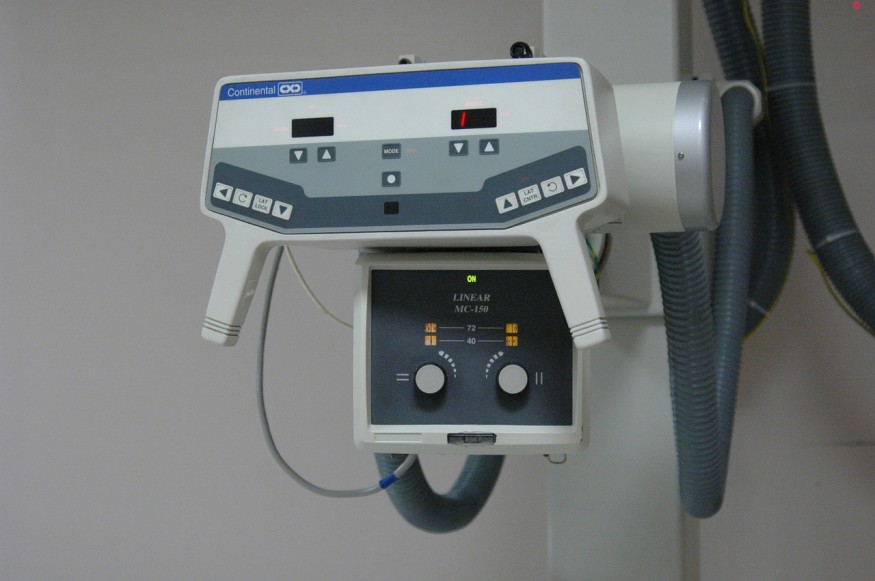Researchers recently introduced a new nanocomposite approach for clearer X-ray scans for medical imaging and security screening.
A Phys.org report said the method absorbs X-rays and then, with almost perfect efficiency, "reproduces the captured energy capture as light." It could contribute to the improvement of high-resolution for the said two purposes.
The almost 100 percent energy transmission of the material could result in efficiency gains in devices that range from light-emitting diodes or LEDs, as well as X-ray imaging scintillators, all the way to solar cells.
A scintillator material absorbs the X-rays that pass through the body during the medical imaging procedure. It converts X-rays into light for a digital camera-type sensor to capture.

Improving the X-ray Capture of Scintillators
According to postdoc Jian-Xin Wang, in Omar Mohammed's laboratory, who led the work, high-Performance Scintillators comprise mainly of either ceramic that requires tough, not to mention costly preparation conditions or perovskite materials with poor light and air stability and high toxicity.
On the other hand, organic scintillator materials have a good "processability" and stability but low imaging resolution and detection sensitivity because of the low atomic weight. So, there is limited absorption of X-ray of their component atoms.
In the study published in ACS Energy Letters, Mohammed and his colleagues have improved the X-ray capture of scintillators. They did so by combining them with the so-called metal-organic framework (MOF), Zr-FCU-BADC-MOF, integrating high atomic weight zirconium within highly ordered structures.
Essentially, when X-rays captured the MOF layer of the nanocomposite, the excited pairs of negatively charged electrons known as "excitons" and the positively charged holes were produced.
Such energy carriers transferred from the MOF to the organic TADF chromophore, supported by the extremely short distance between them, and the energy was produced as light.
'Singlet' Excitons
For the overall efficiency of the nanocomposite, the TADF chromophore produced light regardless of the form of the exciton.
Singlet excitons resulted in light emission, and the TADF chromophore readily transformed non-emissive triplet excitons into a state of the emissive singlet.
"The direct harnessing of singlet and triplet excitons of the TADF chromophores contributed greatly to its remarkably enhanced radioluminescence intensity and X-ray sensitivity," Wang explained.
A Scheme Applicable for LEDs, Solar Cells
Wang also said the concept was validated when the researchers employed a closely associated approach, showing that the TADF chromophore could be integrated with perovskites nanosheets to generate nanocomposites with perfect X-ray imaging scintillator function, as indicated in a report published in Matter.
As earlier mentioned, efficient energy transfer, which the ultrashort distance between layers enabled, and the direct use of singlet and triplet excited states of the TADF chromophore were key.
In this circumstance, the material's detection limit was improved even more, reaching more than 140 times lower than a standard X-ray medical imaging dose.
Mohammed explained that their energy transfer scheme promotes organic X-ray imaging scintillators from a nearly-dead research field into one of the most thrilling applications for security screening and radiology.
He added that it also applies to other light-conversion applications, including LEDs and solar cells. They are planning to improve the performance of their large-scale X-ray imaging scintillators before penetrating the market.
Related information about nanocomposite is shown on Walter Scott's YouTube video below:
RELATED ARTICLE : Scientists Devise Inexpensive Yet Better 'Pen-and-Ink' System to Draw Flexible Circuits
Check out more news and information on Nanotechnology in Science Times.
© 2025 ScienceTimes.com All rights reserved. Do not reproduce without permission. The window to the world of Science Times.











